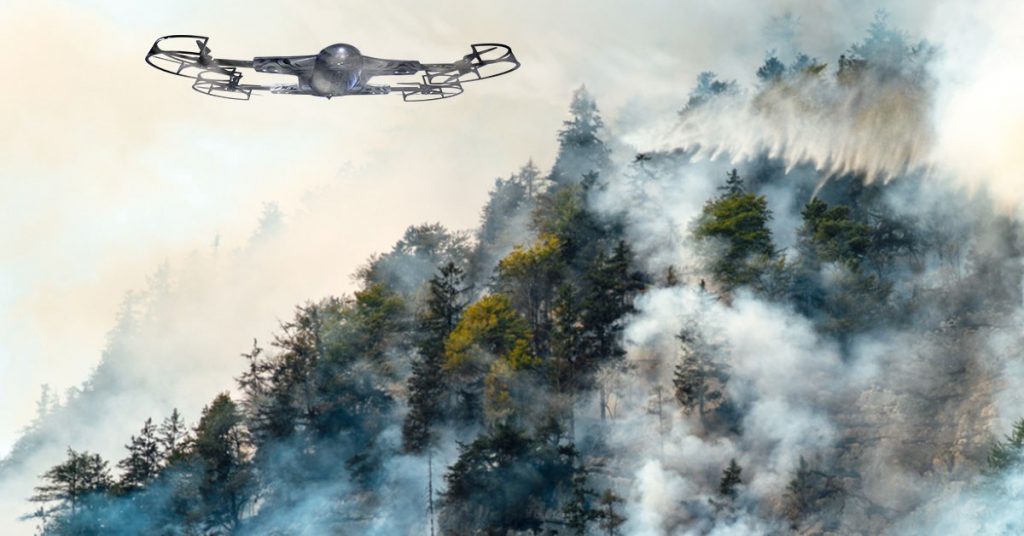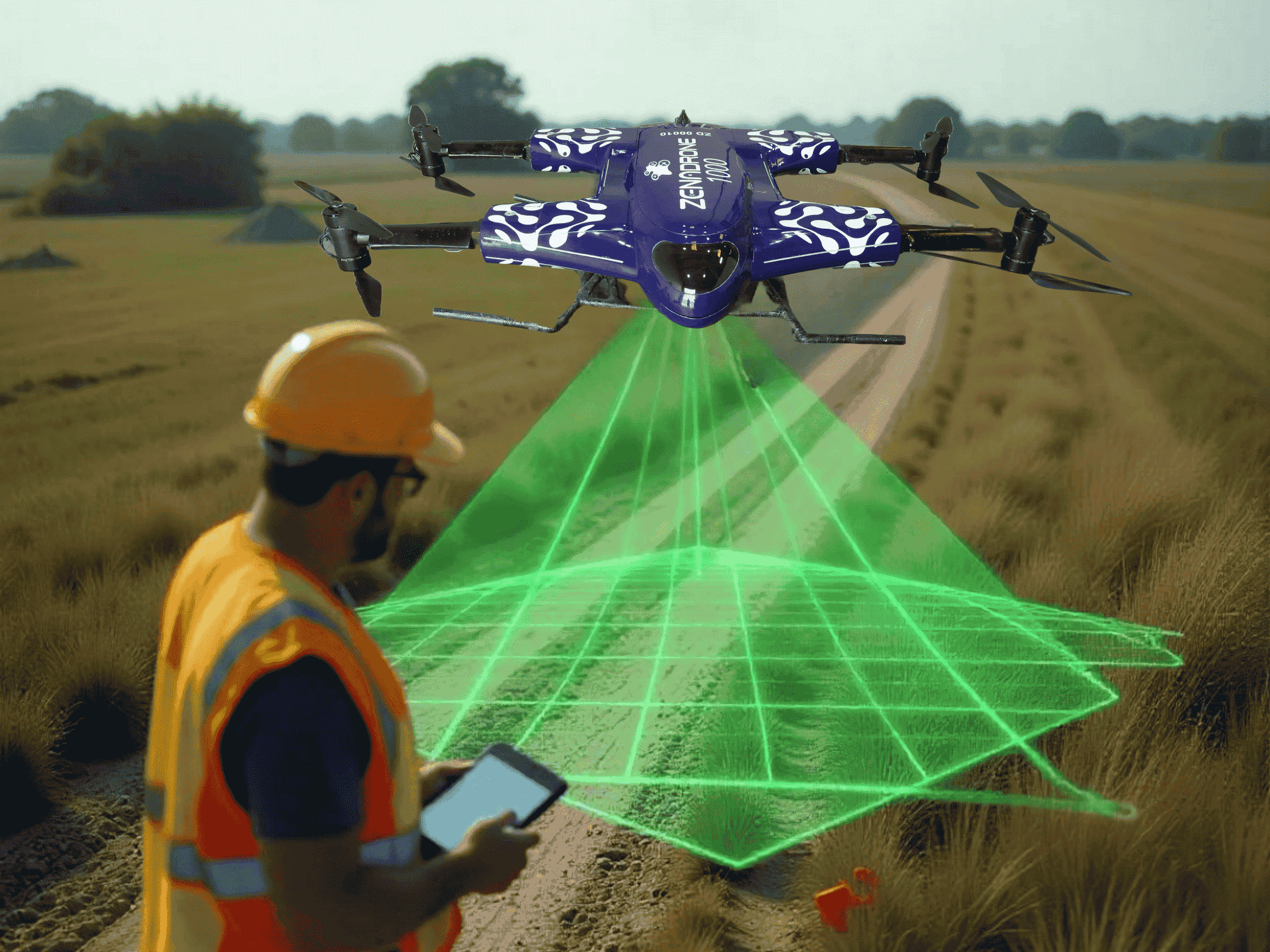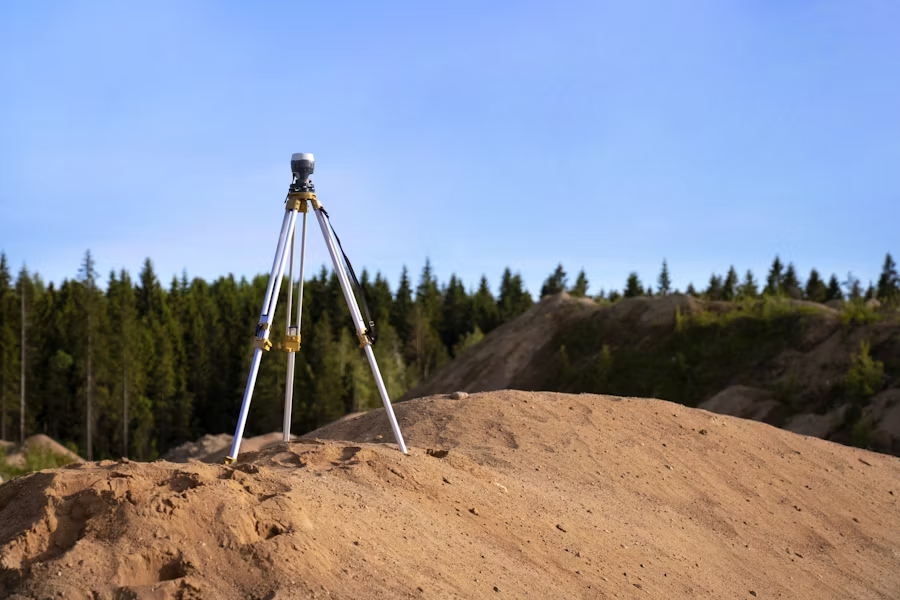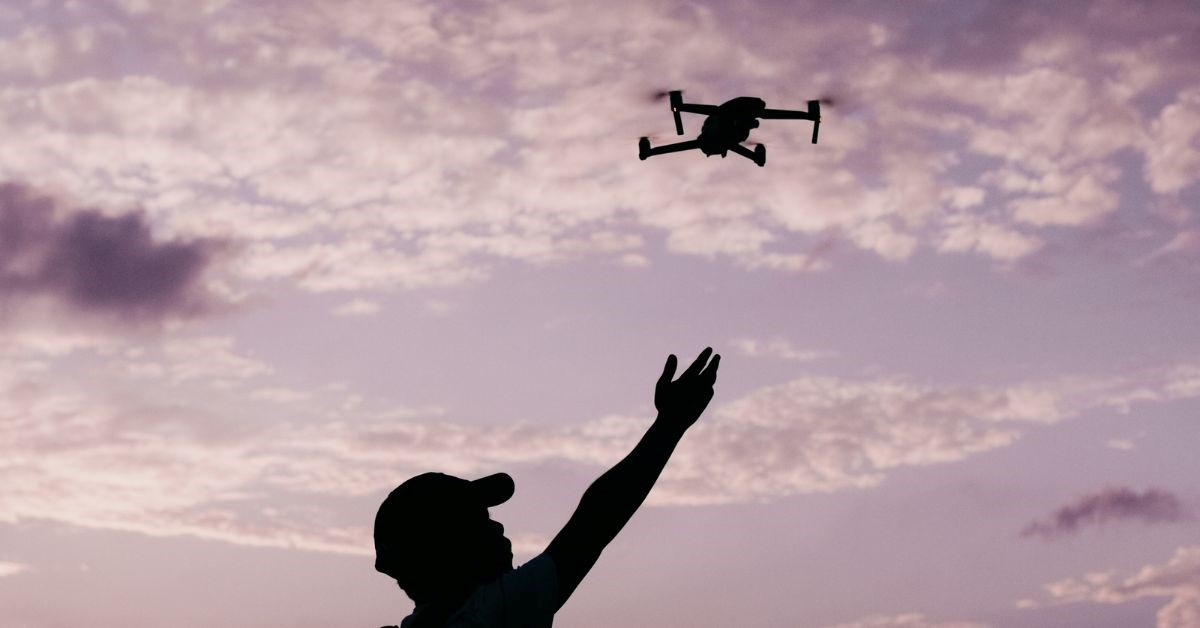The Various Uses Uses of drone for emergency response

There has been a steady rise in drone usage in recent years. Every new version has helped with issues in agriculture, urban planning, and the use of drones in emergency management. The innovation that made drones so effective in warfare has also made them useful in other fields.
Drones are becoming increasingly commonplace in disaster management due to their many applications in search and rescue missions, aiding in strategic planning, and other areas. As a result, using a drone in disaster response is a sensible choice that will facilitate ease and streamline response teams’ efficiency and effectiveness. Check out the factors below on the perks of drones in disaster management.
Drones as Rescue Devices in Urgent Situations
Drones’ marketability and prominence in any sector depend on the constant development of new features and functionalities made possible by advances in drone technology. Advanced drone technology allows for enhanced performance in the following areas:
Provide real-time data: inform users and personnel on the ground about the real-time situations on air to assist with extensive situational assessment.
Analyzes course of action: accuracy in data gathering allows personnel to provide strategically well-thought decision-making processes for in-depth drone disaster response.
Respond to casualties in remote locations: Carry out your operations in high-risk zones so emergency personnel is spared from damage.
Reaches remote and risky locations: Easily cover huge regions, including those that are difficult to get, thereby maximizing the effectiveness of public safety personnel and equipment.
Integrated machine learning software and AI: Deliver technology skills beyond human capabilities, such as thermal or infrared scanning.
Teams dispatched to emergencies frequently face time pressures and environmental constraints that make it difficult to move quickly and efficiently across the landscape. Considering that, it is easy to see how emergency drones might make a massive difference in how smoothly and effectively they handle any situation requiring immediate attention.
Critical Drone Features for disaster Management
Considering how valuable drones have shown to be in disaster management and how long they last in various industries, it is clear why they are always at the top of the list. With drone use in disaster management, you can indulge and experience its cutting-edge features today.
Real-Time Imagery
Emergency personnel can better plan rescue operations with the help of real–time imaging, which provides accurate reports of the current condition at the scene. By compiling relevant information and papers beforehand, emergency personnel may better prepare their responses and respond more quickly to incidents.
Integrated Artificial Intelligence
Drones can provide accurate and real-time data due to their AI integration. It is quicker to assess situations and make a course of action in a given case with the help of intelligent incorporation.
Long-Lasting Battery
Drones have a long history of service in disaster management. For instance, ZenaDrone 1000 is effective in emergency use because it includes an internal, powerful battery that allows for longer, worry-free flight.
Thermal Imaging
An emergency drone helps rescue workers find lost people more quickly. It helps search hard-to-reach regions, like peaks, damaged buildings, etc., for missing people or animals. Drones equipped with multispectral sensors are essential in search and rescue missions due to their ability to detect body heat.
Wide Surveillance Scope
Searching under dangerous conditions is often necessary to ensure unscanned locations during rescue operations. A search and rescue operation may take several days to accomplish. Drone use in emergency management makes surveillance and monitoring faster and offers a seamless workflow.
Accurate Weather Forecasting
Another factor that drones with multispectral sensors can provide is tuning in with weather forecasts. It is sensitive to record wind speed and humidity and to make accurate weather and climate forecasts.
Durable and Deployable Hardware
Drones have robust hardware made to withstand rough weather and locations. For instance, ZenaDrone 1000 is highly effective as a drone emergency response tool due to its carbon fiber body. It does not require consistent upkeep and, thus, allows users to cut costs on maintenance.
Innovative Tool for Future Disaster Response
Emerging technology such as drones Unmanned Aerial Vehicles (UAVs), robotics, and cutting-edge sensory equipment has had a tremendous effect on disaster preparedness and relief efforts.
After a disaster, officials aim to prevent further damage, save lives, retrieve wounded people, and restore the affected area. As more advanced tools become available, it will be much safer for those working in response to achieve these aims.
The Takeaway
Drones for emergency services can offer many benefits, such as capturing
high-resolution aerial footage of the impacted area. It streamlines fast and efficient disaster management solutions to mitigate the risk of more lives. Furthermore, it can give first responders a bird’s-eye view of the devastation in a region quickly, allowing them to assess better how to assist disaster victims best, which is highly sustainable for the future of disaster management.
Contact Us
Thank you for your message. It has been sent.
Latest Posts
Social Profiles















